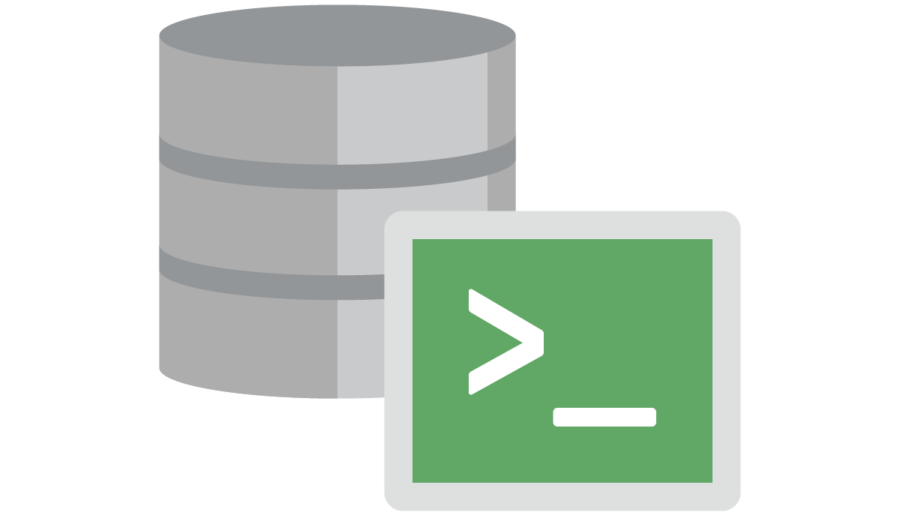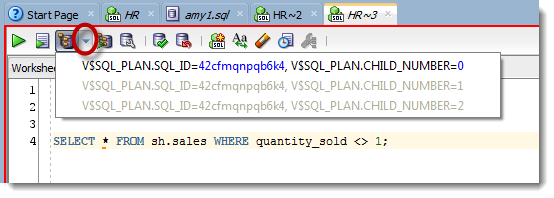One of our more popular features is ‘DB Doc.’ It’s like JAVADOC for the database. Pick a connection, right-click, and go. It will generate an HTML documentation set for that schema. For version 4, we’ve introduced a few enhancements based on user requests. That’s right, you asked, and we listened. Added support for Package Bodies Added parallelization option for larger doc sets Enhanced the HTML formatting a bit Select Your Object Types and Generation Options…
You may have noticed a few posts lately where I’m talking about new and improved features in SQL Developer version 4.0. You may have also been too busy to read all of them. For shame! But that’s OK. I’ll be doing a webcast with ODTUG on Tuesday, August 20 at NOON Eastern Time. When I’m asked to describe ODTUG, I go with “Well, ODTUG used to stand for ‘Oracle Developer Tools User Group’, but it’s…
One of the cooler features SQL Developer offers is the ‘split document.’ If you don’t know what I’m talking about, please take 90 seconds and read this short post first. Ok, well that worked well for pretty much every type of editor in SQL Developer save one – the SQL Worksheet. Let’s say you wanted more ‘type and read’ space for your script or statement, but you also didn’t want to lose your results grid…
This feature is going to be hard to cover in a single post, but I’m going to try anyway. The Reports interface received performance improvements, a few tweaks to make them easier to build, a slew of new charting options, and more visual control to tweak. Oh, it’s also available via the command-line interface. Let’s cover the performance bit first. The first time I try to open a report in ‘Edit’ mode in earlier versions,…
Ugly code, we all write it. I don’t mean bad code either, just hard to read code. Developers who haven’t figured out how to use the TAB and ENTER keys – what’s up with that? — and why is Jeff talking to himself in his Seinfeld voice again? So one of the features in SQL Developer is the Formatter. With a simple right-click (or a Ctrl+F7), you can take your code from ugly to beautiful,…
SQL Developer has had a command-line interface of sorts. The primary use cases were for formatting files and running unit tests. However, we wanted to expand the support to include things like generating Carts and running reports. Instead of just creating a few more one-off interfaces, we kind of started over and built a new CLI from scratch. Random Observation: Developers get very excited when they get to redo something. Rather than call the main…
Being asked when the next version of your product is going to be released is a gut-wrenching question. The community gets excited when a new release is due – who doesn’t like new things to play with? And I’d love to tell everyone when exactly that will happen. But, the very the second I shared THE DATE, I’d be branded a liar. You see, dates slip. And being in a position to not ship product…
So go download it. I’m at the beach this week, not working. Mostly. I’ll be talking about our newest addition to the family, pretty much non-stop, starting next week and stopping when version.NEXT is released. You have plenty to look forward to 🙂 For now, just a few points: We’re not distributing the JDK on Windows 32 bit distributions anymore We now require Java 1.7 JDK by default Windows installs will attempt to auto-find the…
I get this question a lot. The question tells me a few things: you LIKE the animated GIFs here on thatjeffsmith – cool, I’ll keep doing more you want to make your own – awesome, I’m helping make the world a more animated place that’s pretty much it, I should have said a couple of things, oh well I use Camtasia Studio 7 from TechSmith If you want a more official ‘answer’ to this question,…
Organizing your data model makes the information easier to consume. One of the organizational tools provided by Oracle SQL Developer Data Modeler is the ‘SubView.’ In a nutshell, a SubView is a subset of your model. The Challenge: I’ve just created a model which represents my entire ____________ application. We’ll call it ‘residential lending.’ Instead of having all 100+ tables in a single model diagram, I want to break out the tables by module, e.g.…






